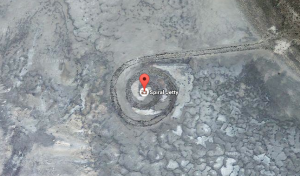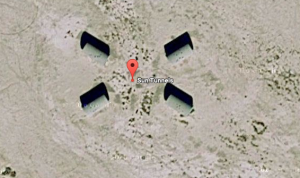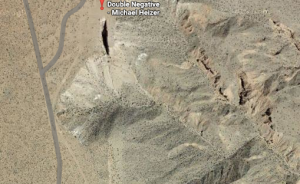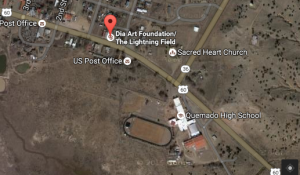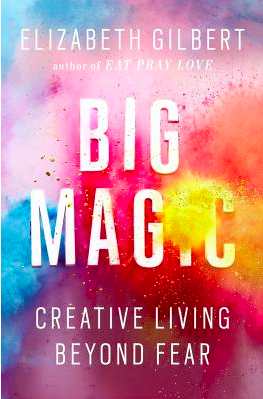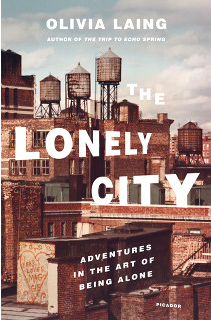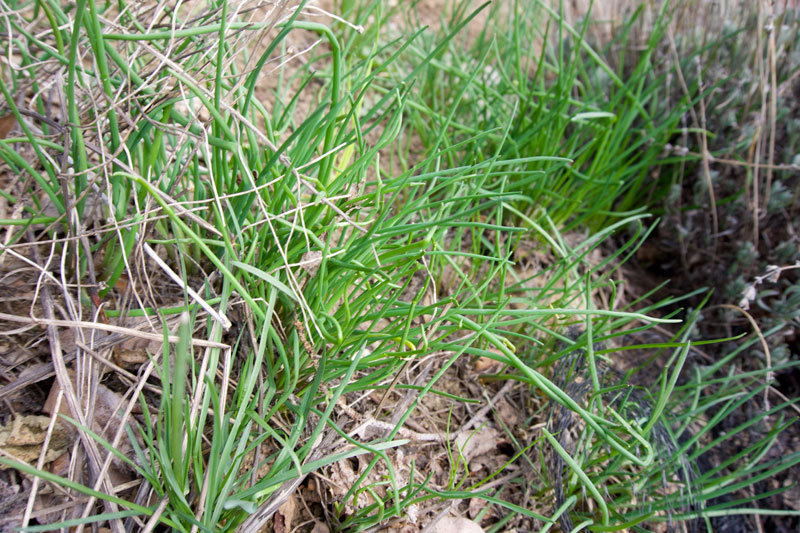OK, here is another movie recommendation for you: Troublemakers: the Story of Land Art. If you are interested in environmental art and the American West, this is one to put on your list. What’s great about it: historical interviews with artists and footage of land art being excavated and built.
What’s weird about it: the lack of contemporary interviews with the film’s most noted artists (many of whom are deceased). Troublemakers relies heavily on interviews with people who knew them, which while interesting, aren’t the same as hearing from the artists themselves.
Interact with Robert Smithson’s Spiral Jetty and other remotely sited pieces (and plan your land art road trip) on Google maps.
Spiral Jetty by Robert Smithson.
Sun Tunnels by Nancy Holt.
Double Negative by Michael Heizer.
Lightning Field by Walter De Maria (reservations required).
